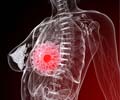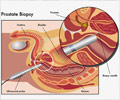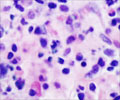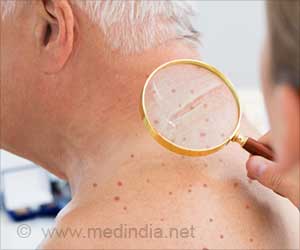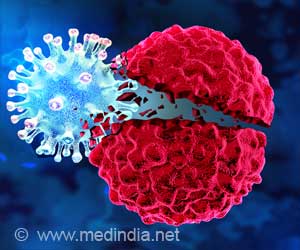Coded nanoparticles can help detect and diagnose cancers without biopsy, found a research team that has developed the new method and successfully detected multiple forms of breast cancer in mice in laboratory testing.
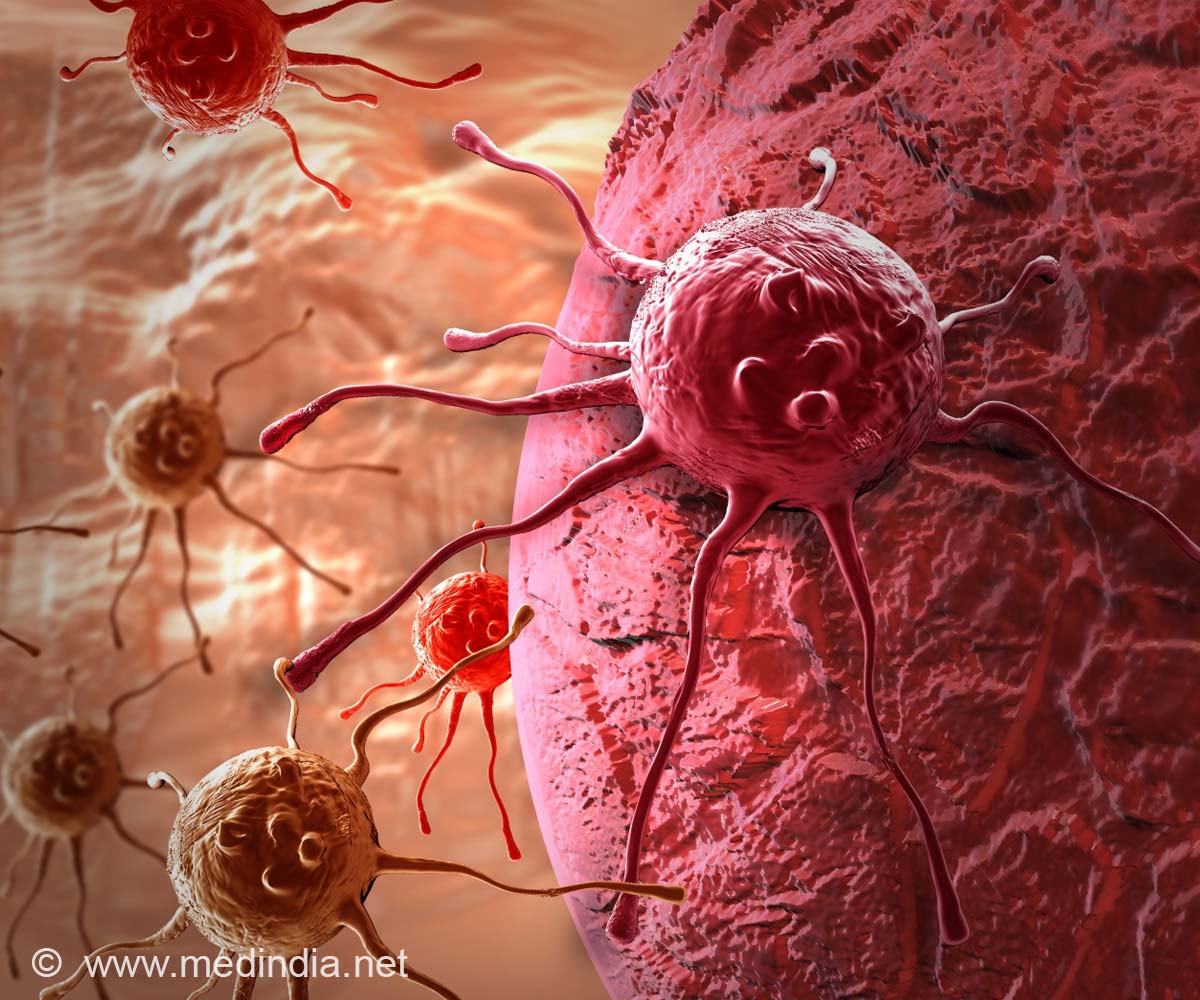
‘Coded nanoparticles have been used to detect and diagnose cancers without biopsy. The new method successfully detected multiple forms of breast cancer in mice in laboratory testing.’





"This technique has the potential to provide a low-invasive method of determining if breast cancer is present, as well as the form of it, without the need to take tissue samples via biopsy," joint-lead author Fan Zhang from Fudan University added. Light absorbing and scattering elements such as blood, muscle and cartilage produce too much interference making it difficult to determine if a range of disease biomarkers are present, suggests the study published in the journal Nature Nanotechnology.
The research team's solution was to engineer special nanoparticles which emit light for a set period of time.
"It is the duration of the light-emission and the biomarker reaction to this timed amount of light that produces a clearly identifiable molecular signature. This enables high-contrast optical biomedical imaging that can detect multiple disease biomarkers all at one time," Lu said.
Source-IANS



